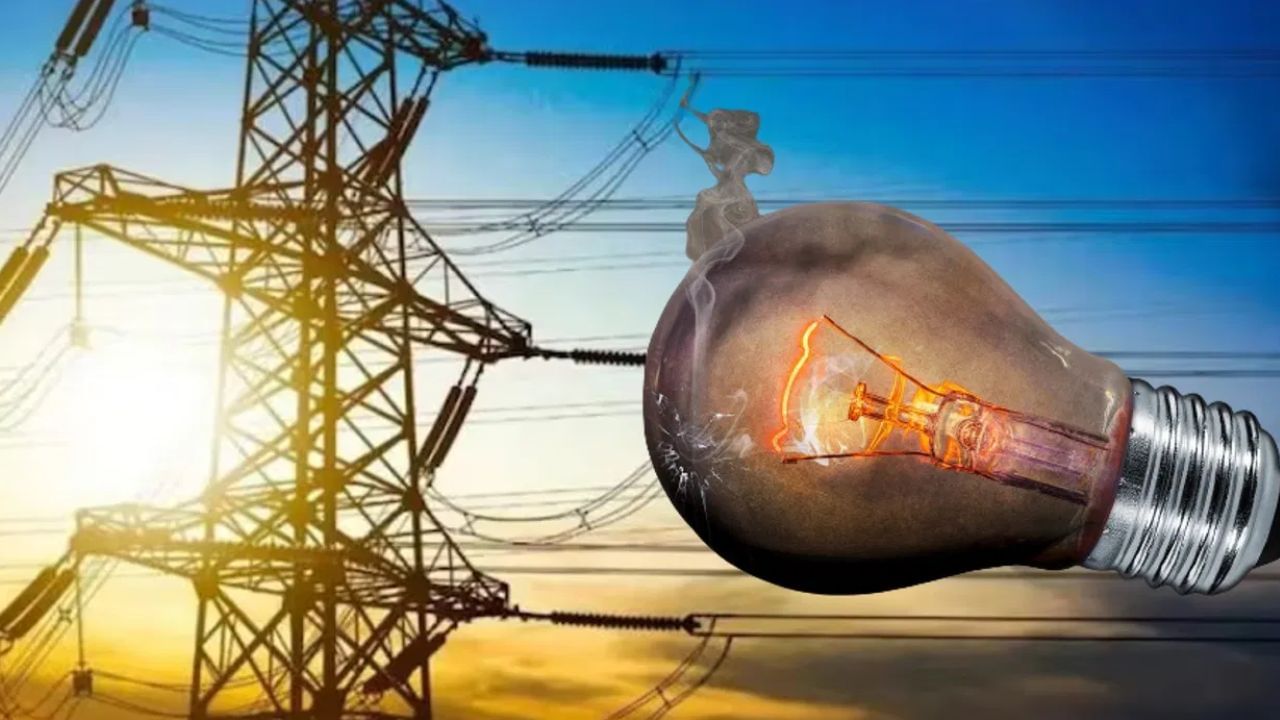In the first week of April, the temperature has reached 38 to 40 degrees in most parts of the country including Delhi. The coming months, especially in May and June, are predicting the scorching heat. Like every year, there is a possibility of temperature being 45 degrees or more in May and June. In such a situation, it is important to know how the electricity system is going to be in the next few days, will the power supply to get rid of increased temperature and scorching heat will be available in the country?
According to the National Load Dispatch Center, the demand for electricity may increase wildly in May and June. Compared to last year, about 15 to 20 gigawatts can increase the demand for additional electricity in this year’s heat. Last year, there was 250 GW or 2 lakh 50 thousand MW in Peak Hours, which can go up to 2 lakh 70 thousand MW (270 GW) this year according to NLDC.
Difficult to meet power demand in May
Calling this increased demand for electricity can prove to be a big challenge for the government. There is very little possibility of 270 GW of power generation and supply in such a short time. According to NLDC report, it is very difficult to meet this demand in May. Some big greed operators have also informed the Ministry of Energy that people may face power cuts during the peak time of May and June.
24 gigawatt power low
It is also mentioned in the report that in May, it is prone to more than 30 percent that the demand for increased electricity will not be met. Whereas the possibility of not getting the necessary electricity supply in June is around 20 percent. Now the question arises whether the power crisis is increasing in the coming days. At present, according to government data, till April 5, 2 lakh 46 thousand MW power is available in the country, which is about 24 GW than the power demand forecast.
What is NLDC advised?
Electricity supply may be disrupted due to excessive demand and instability in renewable energy production. NLDC has advised demand side management to minimize grid pressure. That is, commercial and industrial units can be transferred from peak hours to non -peak hours for electricity use, as solar power production helps in meeting the demand during the day, but due to its instability, it can reduce power supply in the evening and morning due to its instability.
Non solar hours
However, the main source of power generation in the country is coal -based and till April 6, that is, adequate amount of coal availability is being ensured in all thermal power stations of the country, but India’s base load power generation capacity has been stable for the last several years, due to which there may be difficulty in meeting the demand for electricity in non -solar hours.
